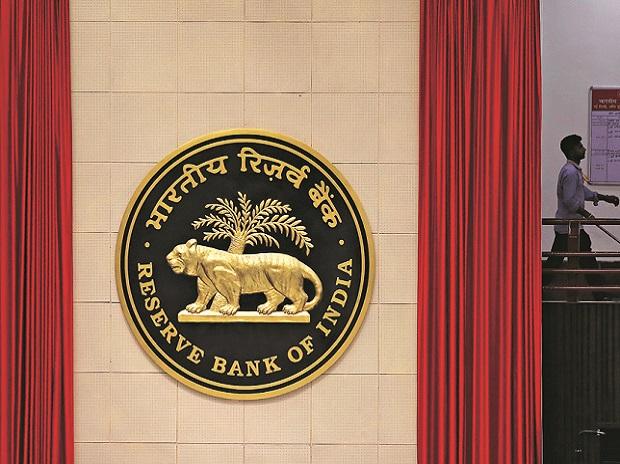[ad_1]
Following an unexpectedly sharp rise in the consumer price index (CPI)-based inflation in January, the state of the economy report of the Reserve Bank of India said inflation could be stubborn, and that the monetary policy stance needs to remain disinflationary, indicating that the central bank is unlikely to lower its guard on price stability.
The monetary policy committee (MPC) of the RBI increased the policy repo rate by 250 bps to 6.5 per cent between May 2022 and February 2023, with analysts predicting a pause from here on.
Highlighting that monetary policy actions were getting reflected in transmission channels, and that the road ahead is daunting, the report said, “Over the year ahead, the retreat of inflation is expected to be stubborn and beset by supply shocks. Almost every other component of the consumer price index – statistical and exclusion-based measures – is showing a hardening of price pressures.”
The report was authored by RBI staffers, including Deputy Governor Michael Patra, and does not necessarily reflect the views of the central bank.
The report said households’ inflation expectations had flat-lined and manufacturing firms were facing a moderation in growth of sales and revenue. With pressures building on profits, capital expenditure remains restrained, it said.
“Hence, the stance of monetary policy will need to remain disinflationary for consumer spending and business investment to pick up on a durable basis and provide a solid foundation for an acceleration of growth.”
The report said domestic consumption and investment stand to benefit from stronger prospects for agricultural and allied activities, strengthening business and consumer confidence, and strong credit growth.
The report lauded the measures announced in the Union Budget presented earlier this month. The tax cuts for individuals could increase the GDP by 15 bps, the report predicted.
“…the tax changes proposed in the Budget will put at least Rs 35,000 crore in the hands of households. With India’s marginal propensity to consume estimated at 0.54, the tax multiplier works out to be 1.16. Hence, India’s real GDP growth would get a boost of 15 basis points in 2023-24 from tax reductions alone.”
The report said that the increase in capital expenditure, which works out to Rs 3.2 trillion in FY24, will generate additional output of Rs 10.3 trillion between 2023 and 2027.
The government’s resolve to stick to fiscal consolidation can free up productive resources for the private sector and also contribute to lowering the cost of capital, the report said.
“In the Union Budget, total expenditure is budgeted to decline by 0.41 per cent of GDP. This will free up resources for private investment. In conjunction with the expenditure multiplier, this can raise the growth rate of the economy in 2023-24 by 10 basis points,” it said.
If all these proposals are effectively implemented, they would push India’s GDP growth to 7 per cent in FY24, the report estimated. The February monetary policy review projected GDP growth at 6.4 per cent for FY24.
“Taking all these factors into account, potential growth is expected to shift upwards from 6 per cent (estimated by the IMF in 2022-23) to 6.8 per cent. With the raising of India’s potential growth due to measures announced in the Budget, there is likely to be a faster consolidation of Union government debt to 54.3 per cent of GDP by 2027-28,” the report said.
[ad_2]
Source link



